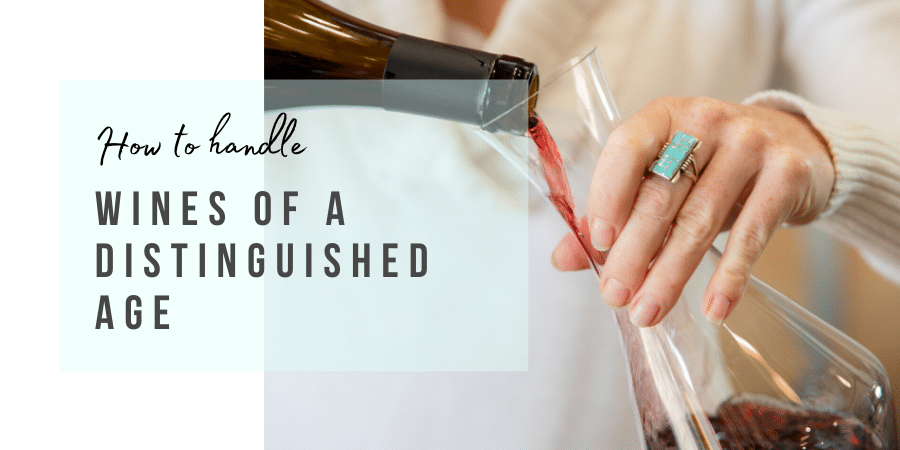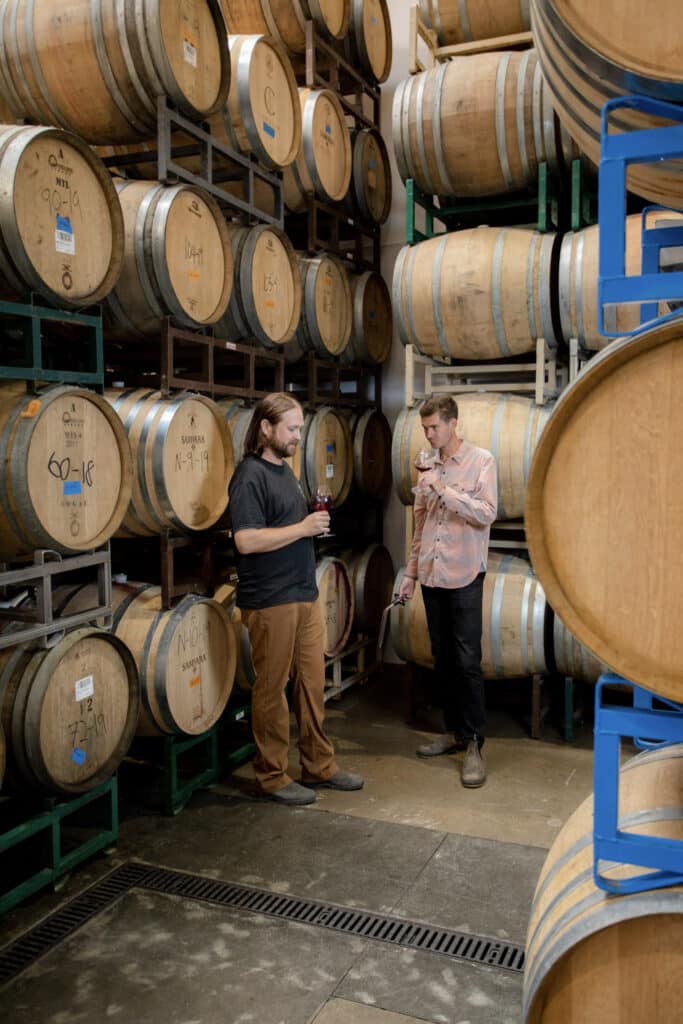No products in the cart.
Opening Older Wines: What You Need To Know
You may have wondered how to handle opening wines of a distinguished age. Our Director of Education, Lily Hays, has put together a short guide to help you get the absolute best from your long-kept and most cherished bottles of wine. Enjoy!

STORE – Make sure to store your older wines on their sides until you are ready to pop the cork, at which point, place them upright for at least 24 hours in a cool place and out of the sun. This will allow suspended sediment to settle on the bottom of the bottle.
OPEN – In case the cork is not in great condition anymore, we do suggest using a Durand or an “ah-so” to remove it, or pulling very carefully with a wine key with a long worm (aka, the screw element).
DECANT – We recommend decanting older wines, like our Library Wines, prior to serving them. This allows them to breathe as well as to exclude the sediment that may have accumulated at the bottom of the bottle. To do so, use your phone or a flashlight to illuminate the bottom of the bottle as you slowly pour into the decanter or vessel. If you begin to see cloudiness, you have reached the sediment and can stop pouring. If there is a large amount of wine left in the bottle, you can let it resettle for a bit and then pour off a little more clear wine.
SEDIMENT IS NORMAL – The sediment in our Library Wines typically adheres to the side of the bottles and the wines are very clear in general.
LET THEM BREATHE – We recommend letting these wines breathe for about an hour before digging in but they all showed beautifully out of the bottle if you become too thirsty to wait!




